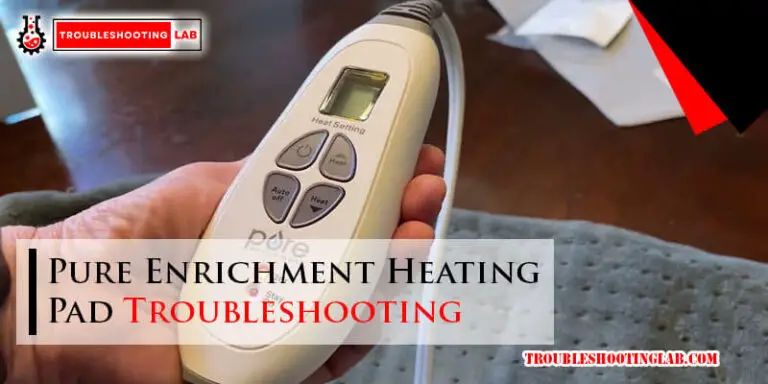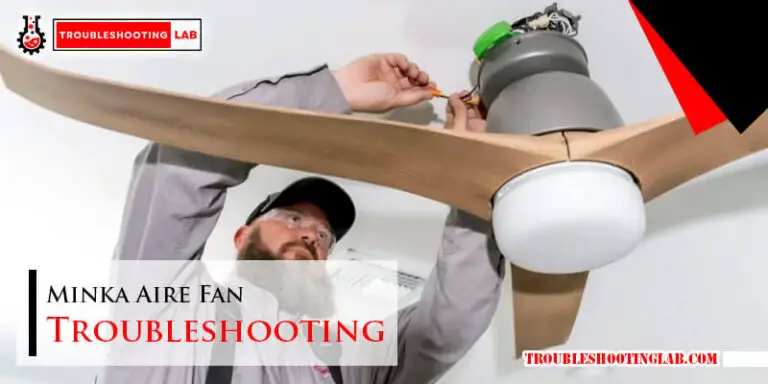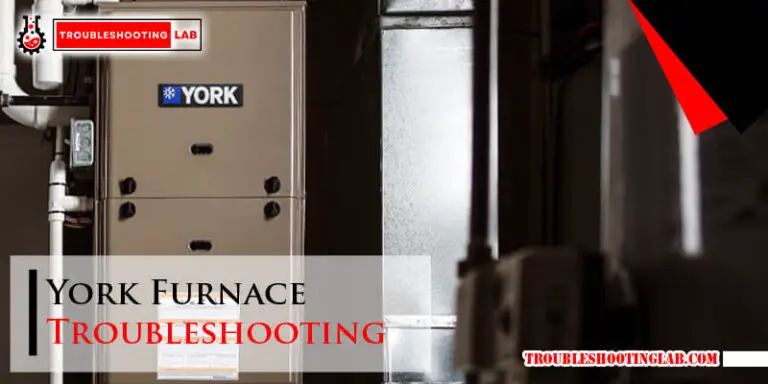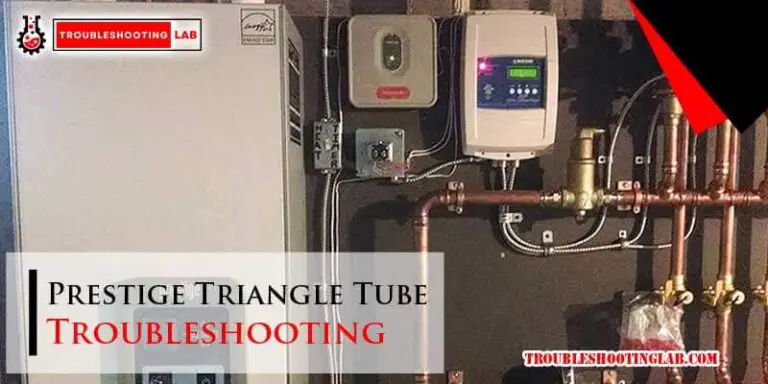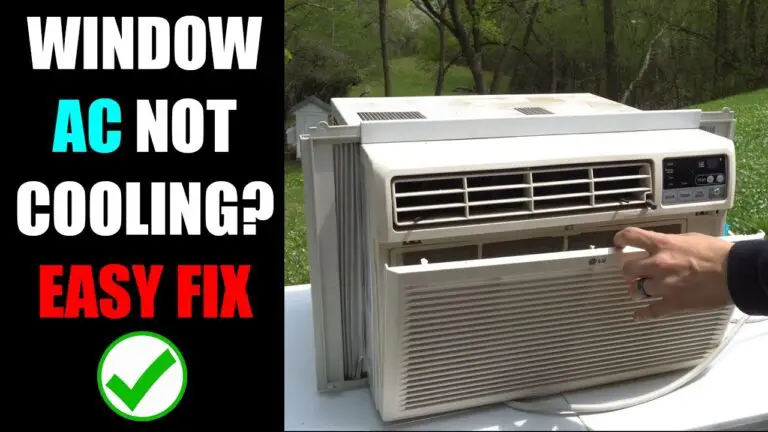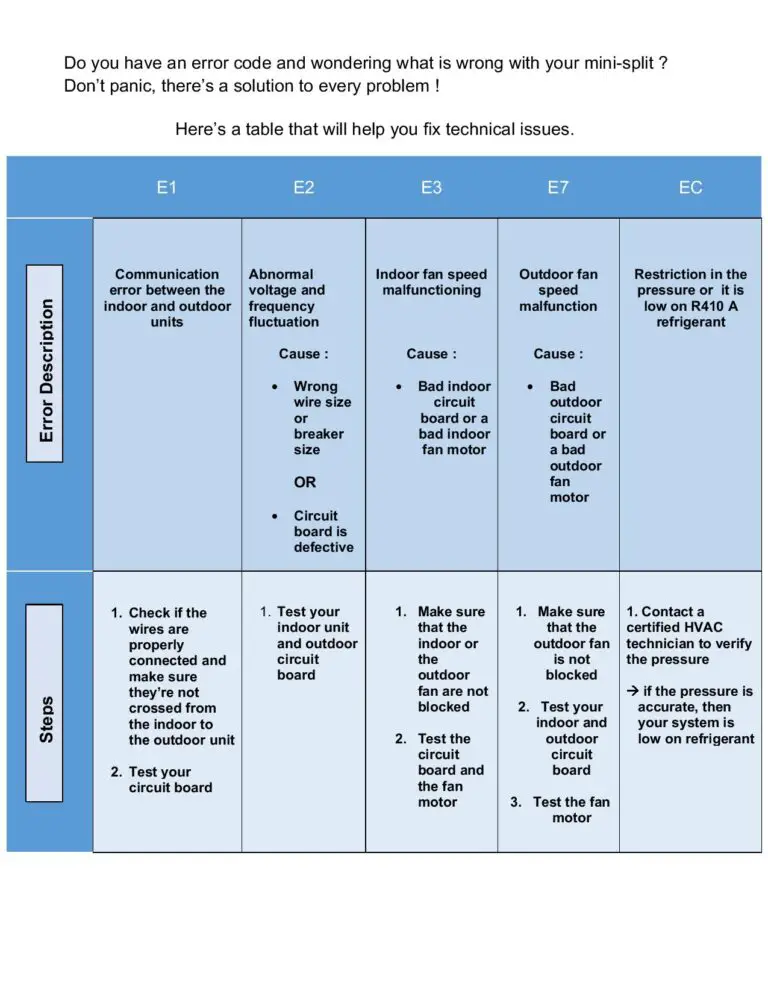Senville Leto Troubleshooting: Quick Fixes for Common Issues
Is your Senville Leto air conditioner acting up and leaving you frustrated? Don’t worry—you’re not alone.
Whether it’s strange noises, inconsistent cooling, or an error code flashing on the display, these hiccups can disrupt your comfort and peace of mind. The good news? Most common issues can be resolved quickly with the right guidance. This troubleshooting guide is here to help you identify and fix problems with your Senville Leto, so you can get back to enjoying a perfectly comfortable home.
Stick around, because by the end of this article, you’ll have the confidence to tackle these issues head-on.

Credit: senville.com
Common Startup Problems
Senville Leto mini-split systems are reliable, but startup problems can occur. These issues can disrupt your unit’s performance and require quick troubleshooting. Identifying and resolving startup problems early can ensure your system runs smoothly. Below, we’ll cover some common startup issues and their potential fixes.
Unit Not Turning On
A non-responsive unit is a frequent complaint among users. First, check if the unit is properly plugged in. Ensure the power switch is on and the outlet is functional. Verify that the unit’s breaker in the electrical panel hasn’t tripped. If these steps don’t resolve the issue, inspect the fuse in the unit. Replace it if it’s blown. Always ensure safety while handling electrical components.
Power Supply Issues
Power supply problems are another reason your Senville Leto may not start. Confirm that your home’s voltage matches the unit’s requirements. Voltage fluctuations can cause the system to malfunction. If your area experiences frequent power surges, using a surge protector can help. Also, inspect the wiring for any visible damage or loose connections. Seek professional assistance for complex electrical repairs.
Remote Control Malfunctions
The remote control plays a key role in operating your unit. If it doesn’t work, check the batteries first. Replace them if they are low or dead. Ensure the remote’s sensor is clean and unobstructed. Verify that you’re within the recommended range for the remote to function. If none of these steps work, resetting the remote may resolve the issue. Refer to the user manual for reset instructions.
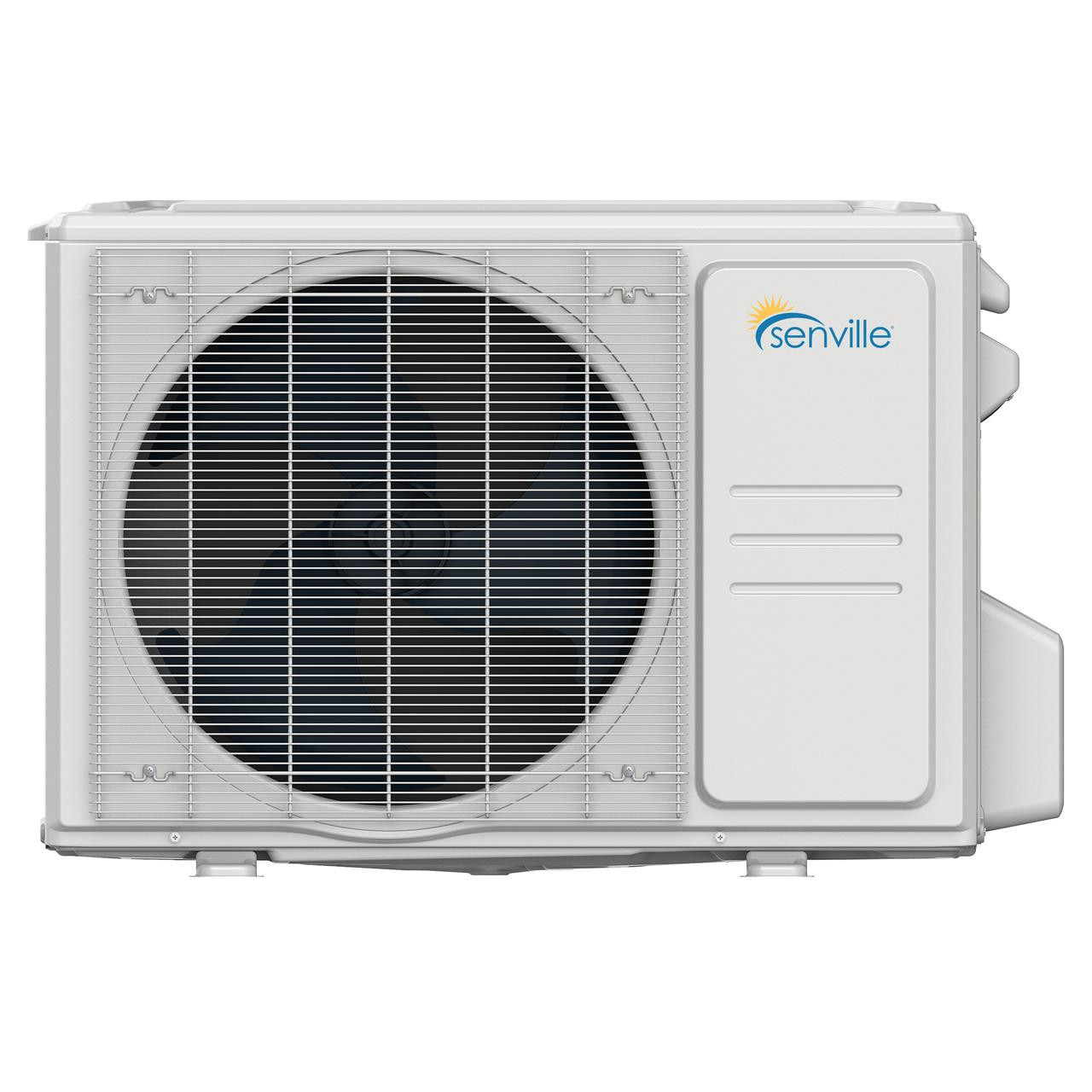
Credit: senville.com
Cooling And Heating Challenges
The Senville Leto mini-split system offers reliable cooling and heating. Yet, it might sometimes face issues affecting its performance. Cooling and heating problems can disrupt comfort and energy efficiency. Understanding common challenges can help identify and resolve these issues effectively.
Inadequate Cooling Performance
If your Senville Leto isn’t cooling well, check the air filters. Dirty filters block airflow, reducing cooling efficiency. Clean or replace filters regularly for optimal performance. Another cause could be low refrigerant levels. Low refrigerant impacts the system’s ability to cool properly. Contact a technician for a refill or leak inspection. Ensure the outdoor unit has adequate space for airflow. Obstructions like dirt or debris can hinder cooling.
Heating Function Not Working
If the heating mode isn’t working, start by checking the thermostat settings. Incorrect settings may prevent the system from switching to heat mode. Confirm the unit is receiving power and hasn’t tripped the circuit breaker. Inspect the outdoor unit for ice buildup during colder months. Ice can block heat exchange, halting the heating function. If the issue persists, the reversing valve might be faulty. A professional technician should inspect and repair the valve.
Temperature Fluctuations
Frequent temperature changes can indicate a problem with the thermostat. Ensure it’s calibrated and installed correctly. Check the remote control batteries as weak batteries may cause inaccurate signals. Temperature swings might also result from improper insulation in your space. Poor insulation allows heat or cool air to escape, affecting temperature stability. Inspect the indoor unit for obstructions like furniture blocking airflow. Unrestricted airflow ensures consistent temperatures.
Unusual Noises
Unusual noises from your Senville Leto unit can be unsettling. These sounds often indicate minor issues that need attention. Identifying the source can help ensure your system functions smoothly. Below, we break down common noises and their possible causes.
Buzzing Or Humming Sounds
A buzzing or humming noise often signals electrical issues. Loose wiring or a failing capacitor may be the culprit. Dust buildup in the outdoor unit can also cause this sound. Turn off the power and inspect the unit for visible problems. If the sound persists, contact a professional for help.
Clicking Or Tapping Noises
Clicking or tapping sounds usually occur during startup or shutdown. This is often normal as the system adjusts. Persistent tapping might mean debris is stuck in the fan or blower. Check for obstructions around the unit and clear them away carefully. If the noise continues, it may indicate a failing relay switch.
Loud Compressor Operation
A loud compressor may suggest internal wear or insufficient lubrication. Older units often experience this as parts degrade. Excessive noise might also mean the compressor is overworking due to low refrigerant levels. Regular maintenance can prevent these issues. Consult a technician to inspect the compressor thoroughly.

Credit: www.reddit.com
Water Leakage Issues
Water leakage from your Senville Leto mini-split system can be frustrating and might even cause damage if left unchecked. Whether you’re noticing water pooling around your unit or dripping from the indoor section, the issue usually boils down to a few common causes. Let’s dive into what might be going wrong and how you can fix it.
Drainage System Blockages
A blocked drainage system is one of the most common reasons for water leakage. Your unit’s condensate drain line can get clogged with dirt, algae, or even debris over time. When this happens, the water that should flow out of your system gets backed up, leading to leaks.
To fix this, locate the drain line and check for any visible clogs. Use a wet/dry vacuum or a specialized drain cleaning tool to clear it. Regular cleaning of the drain line can save you from dealing with this hassle in the future.
Ask yourself: When was the last time you checked the drain line? A quick inspection every few months can make a huge difference.
Improper Installation
Was your Senville Leto installed correctly? A poor installation can cause water to leak due to uneven mounting or incorrect piping angles. For example, if the indoor unit isn’t level, water may fail to drain properly and start dripping.
You can use a spirit level to check if the unit is perfectly horizontal. If not, adjust its position or consult a professional installer. Improperly connected pipes can also lead to leaks, so ensure all connections are tight and secure.
Think back to the installation process—did you notice any shortcuts taken? Fixing these now can prevent long-term headaches.
Indoor Unit Dripping
If water is dripping directly from the indoor unit, it might be due to a dirty or frozen evaporator coil. A frozen coil can cause water to overflow when it starts to thaw. This is often the result of restricted airflow or low refrigerant levels.
Clean the air filters regularly to maintain optimal airflow. If you suspect low refrigerant, contact a technician to recharge the system. Ignoring these signs can lead to more significant problems later.
Here’s something to consider: Are your filters overdue for a cleaning? A quick rinse could prevent unnecessary leaks.
Water leakage doesn’t have to ruin your day. By addressing these issues head-on, you can keep your Senville Leto running smoothly and your home leak-free. Start with these simple checks, and you’ll likely solve the problem without breaking a sweat.
Sensor And Display Errors
Senville Leto air conditioners are reliable, but sensor and display errors can occur. These issues may disrupt performance and cause user frustration. Understanding common errors helps you troubleshoot efficiently.
This guide covers temperature sensor faults, error codes, and misleading readings. Each section explains causes and solutions for these common problems.
Faulty Temperature Sensors
Temperature sensors play a key role in maintaining room comfort. If they fail, your unit may struggle to heat or cool properly. A faulty sensor may send incorrect readings to the system.
Check for loose wires or physical damage to the sensor. Clean the sensor gently to remove dirt or debris. Replace it if the issue persists after inspection.
Error Codes On Display
Error codes provide critical information about system faults. The Senville Leto display shows codes for sensor, compressor, and fan issues. Each code corresponds to a specific problem.
Refer to the user manual to decode these error messages. Reset the unit by turning it off and unplugging for 10 minutes. Persistent errors may require professional repair.
Misleading Readings
Misleading sensor readings can confuse users and cause incorrect settings. For example, the unit may overheat due to false temperature data. This can lead to energy waste and discomfort.
Verify readings using an external thermometer to compare temperature accuracy. Recalibrate the system if discrepancies occur. Replace sensors that consistently report false data.
Airflow Restrictions
Airflow restrictions are a common issue with the Senville Leto. They can reduce the unit’s cooling and heating efficiency. Identifying and resolving these issues can restore optimal performance. Below are some key areas to inspect for airflow problems.
Clogged Air Filters
A dirty air filter is a frequent cause of restricted airflow. Dust and debris block air from passing through the system. This forces the unit to work harder, which can lead to higher energy use. Check the filter regularly and clean or replace it as needed. Senville recommends cleaning the filter every three months for best results.
Obstructed Vents
Blocked vents can also reduce airflow significantly. Furniture, curtains, or other items may obstruct air circulation. Ensure vents are clear and have enough space around them. Even small obstructions can impact the system’s efficiency. Keep a minimum of two feet of clearance around vents.
Fan Malfunctions
A malfunctioning fan can disrupt the airflow within the system. The fan might not spin properly due to dirt or wear. Inspect the fan blades for dirt buildup or mechanical issues. If the fan isn’t running, it may need professional servicing. Addressing fan problems promptly can prevent further damage.
Electrical And Wiring Issues
Electrical and wiring problems can disrupt your Senville Leto air conditioner’s performance. Identifying and resolving these issues ensures your unit operates smoothly and efficiently. Below, we’ll explore common electrical and wiring concerns and how to troubleshoot them.
Loose Connections
Loose connections can cause intermittent power issues in your Senville Leto unit. Check the wiring terminals for any loose or disconnected wires. Secure all connections tightly to ensure consistent power flow. Look for signs of corrosion or wear that may weaken the connections.
Faulty Circuit Breaker
A faulty circuit breaker may prevent your air conditioner from starting. Inspect your breaker panel to see if the switch has tripped. Reset it and observe if the unit powers on. If the breaker trips repeatedly, it may need replacement or indicate deeper electrical problems.
Wiring Damage
Damaged wiring can interrupt your air conditioner’s electrical flow. Examine the wires for cuts, burns, or exposed parts. Replace any damaged wires with new ones. Use insulated wiring to prevent short circuits and ensure safe operation.
Maintenance Tips
Proper maintenance keeps your Senville Leto unit running efficiently. It prevents costly repairs and ensures long-term performance. Regular care also improves energy efficiency and indoor air quality.
Follow these simple tips to maintain your unit. Focus on cleaning, inspections, and professional services.
Regular Cleaning Practices
Dust and debris can block airflow and reduce efficiency. Clean the air filters every month for optimal performance. Wash them with mild soap and water, then let them dry completely.
Wipe the exterior of the unit using a damp cloth. Remove any dirt buildup on the vents and louvers. Ensure there is no obstruction around the outdoor condenser.
Seasonal Inspection Checklist
Inspect the unit at the start of each season. Check for loose wires or unusual noises during operation. Look for signs of wear or damage on the hoses and connections.
Ensure the outdoor condenser is free of leaves and debris. Confirm the drainage system is working correctly to avoid water pooling. Tighten any loose screws or panels for secure operation.
Professional Servicing Needs
Schedule professional servicing annually for thorough maintenance. Technicians check refrigerant levels and inspect internal components. They also clean hard-to-reach areas and test system efficiency.
Hire qualified professionals familiar with Senville Leto systems. Their expertise ensures your unit stays in peak condition. Regular servicing extends the life of your air conditioner.
Conclusion
Troubleshooting your Senville Leto can feel overwhelming, but it’s manageable. Start with basic checks like power and settings. Ensure filters are clean and parts are functioning. Follow the manual for guidance on common issues. For complex problems, contact a professional or customer support.
Regular maintenance helps prevent many issues. Keep your unit running smoothly for better performance. Small efforts can save time and money in the long run. Stay patient, and don’t hesitate to seek help when needed. A well-maintained system ensures comfort and peace of mind.

